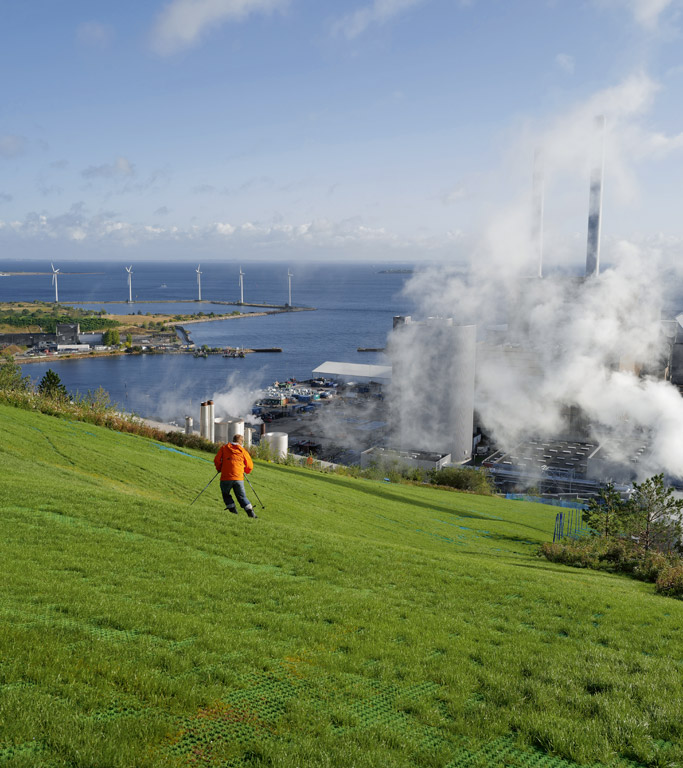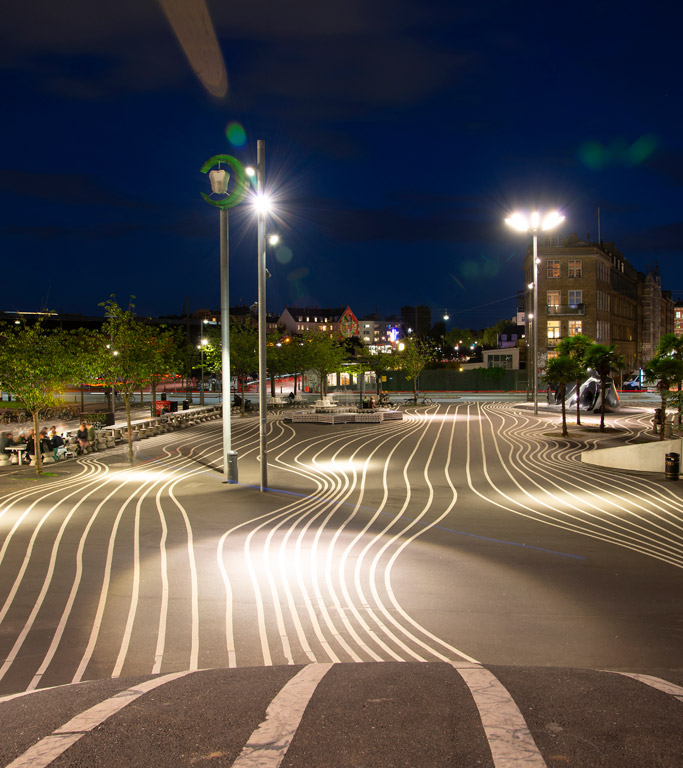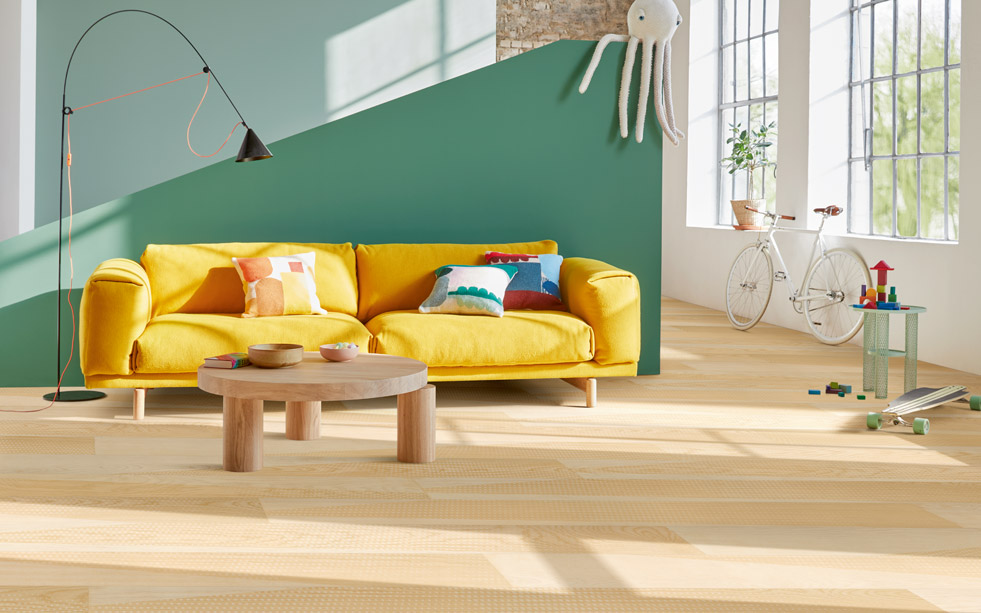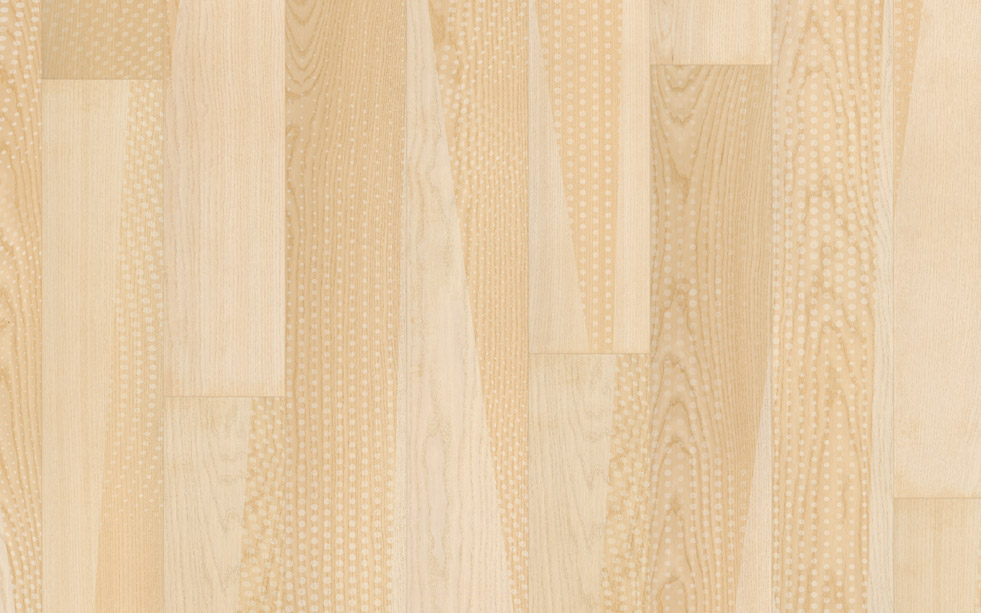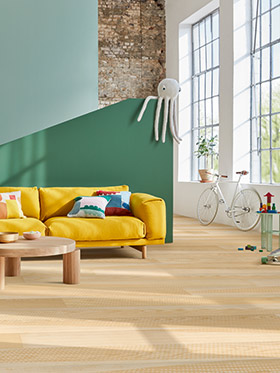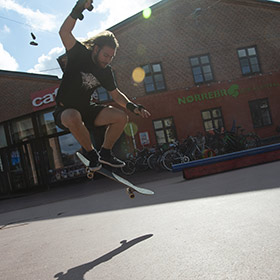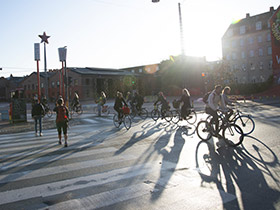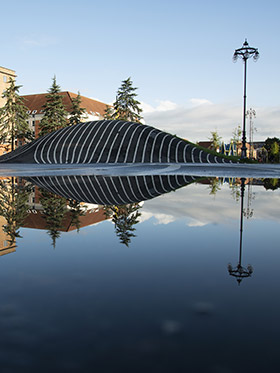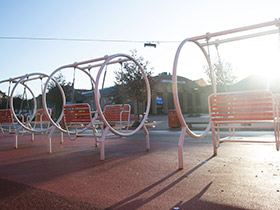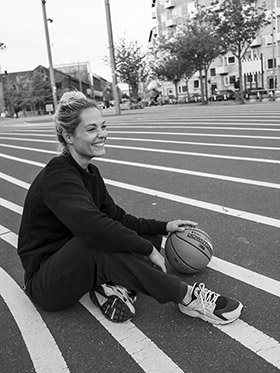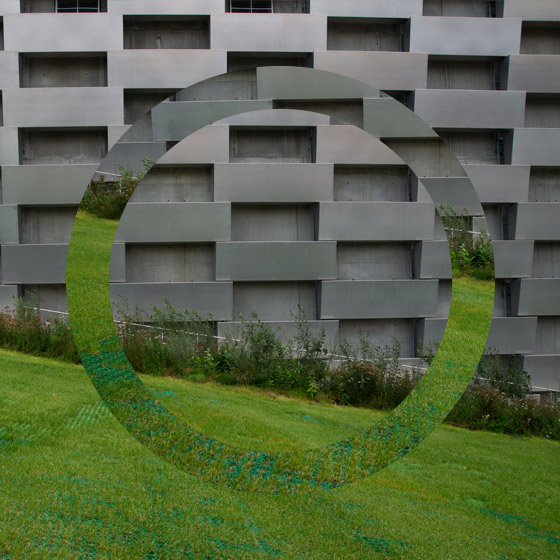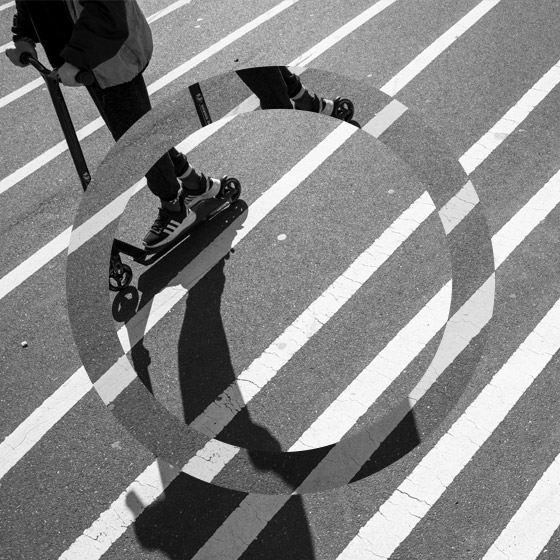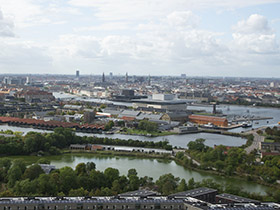The parks and squares created by Topotek 1 are never boring, but always play with a pinch of humour and provocation. The team of Martin Rein-Cano and Lorenz Dexler, together with the Bjarke Ingels Group, literally "refurbished" a problem district in Copenhagen – seven years later their second caper is being carried out: the Copenhill ski slope on the Amager Bakke waste incineration plant. A conversation with the landscape architect, Martin Rein-Cano, about participation, real places of chance encounters and the ground as the fifth façade.
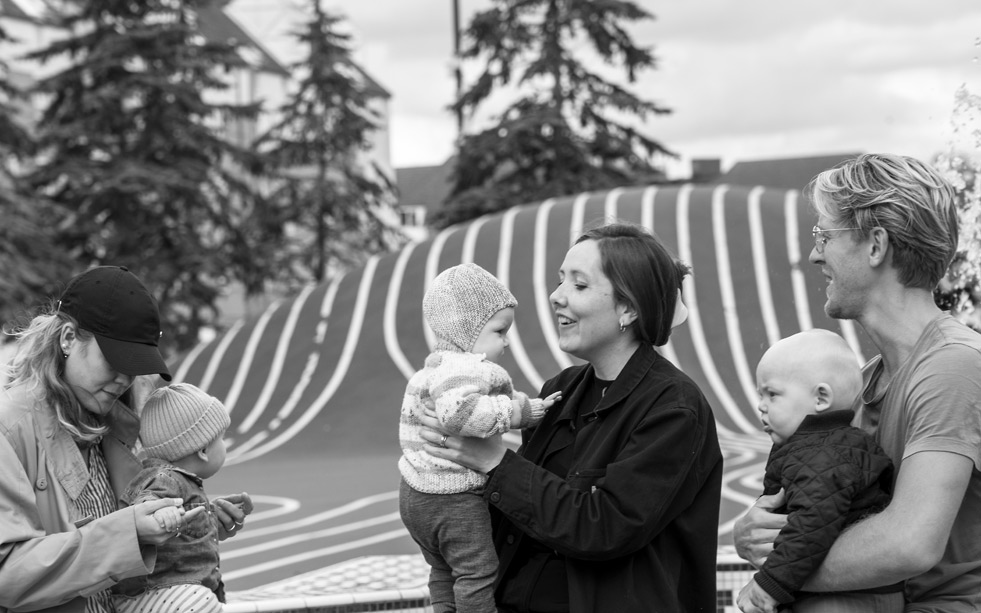
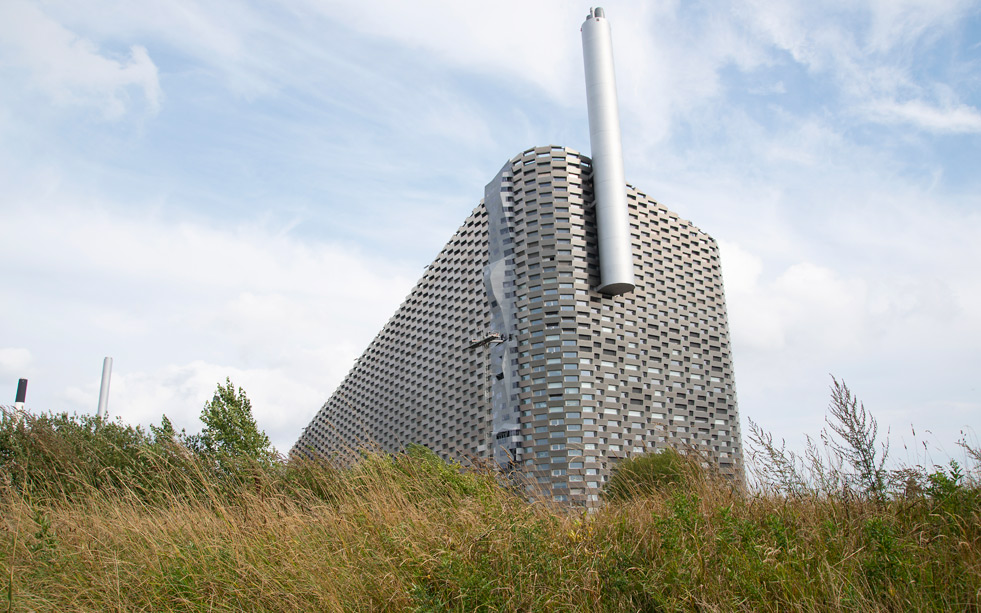






Superkilen is a highly frequented and popular place in Copenhagen beyond the city limits. How do you design such an urban park for everyone?
Normally, participation tends to take place on a programmatic level: citizens want a playground, green spaces or new car parks. In the case of Superkilen, the basic idea was to involve the users directly in the planning. The majority of the residents are not Scandinavian socialised, we have involved them in the design process by allowing them to suggest objects from their cultural circle for this area. We call this approach hedonistic participation. People identify with the object as part of their own culture.
And according to which criteria were the artifacts and street furniture selected and assembled?
On the one hand we set up a website together with the city to collect the suggestions. Sometimes we went from house to house with interpreters and spoke directly to the residents. The Moroccan well, for example, is a proposal from a Moroccan family. So the ideas came from different sides. We curated them, but we also helped choose them ourselves: the streetlamps and manhole covers, for example, but also the black slide from Japan and the barbecue areas. With a team of five people we travelled to their respective homelands and picked up the objects there directly. We were in Jamaica, for example, and brought back the loudspeaker from there. We also travelled to Thailand, America, Spain and Palestine.
One object is the ground itself, which you brought from Palestine to Copenhagen.
You hardly see the earth from Palestine at all, but identity has a lot to do with the ground. Two ladies had suggested this idea. We then actually packed the earth into a sack in Palestine near Jerusalem and shipped it to Copenhagen. I find it interesting: for some people the ground is dirt, for others the holy earth.
Superkilen is divided into three areas: one zone is red, the other green and in the middle there is a black zone: what role do these colours play?
The green results from the park landscape with its green meadows. We find red as a signal colour in the rather grey Copenhagen to be a good contrast. It stands for visibility and otherness as an emancipatory statement: "We are here, it's beautiful here and we are doing well! There is a story about Black Zone. This place was called the black market because of the drug trade there. We thought that if the place is already called black anyway, it must be black and recoded the negative image to turn it into something positive.
